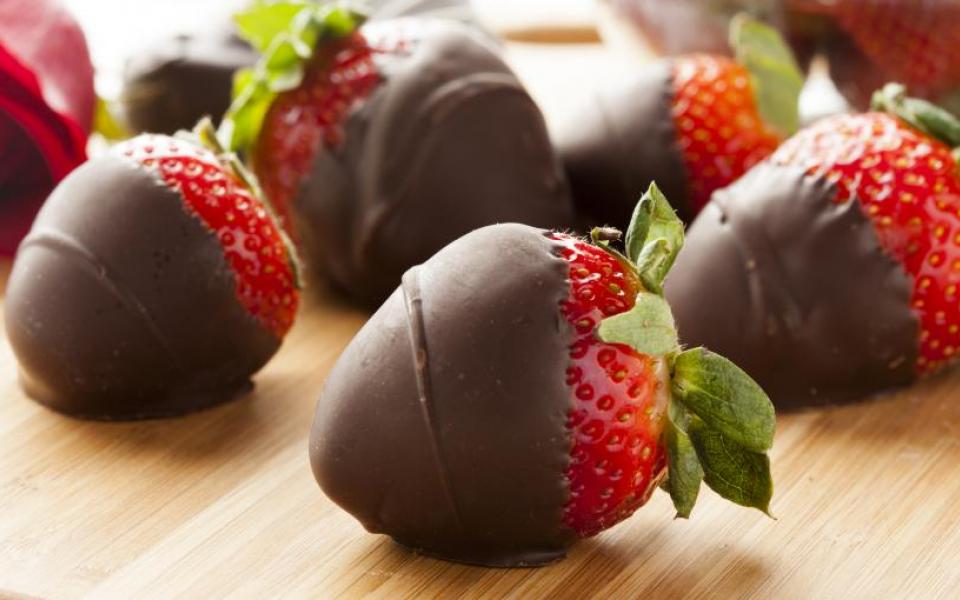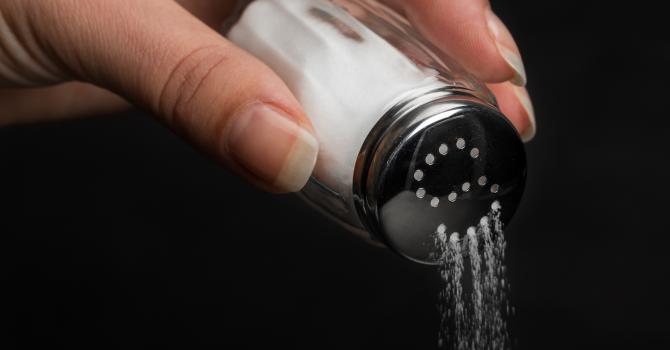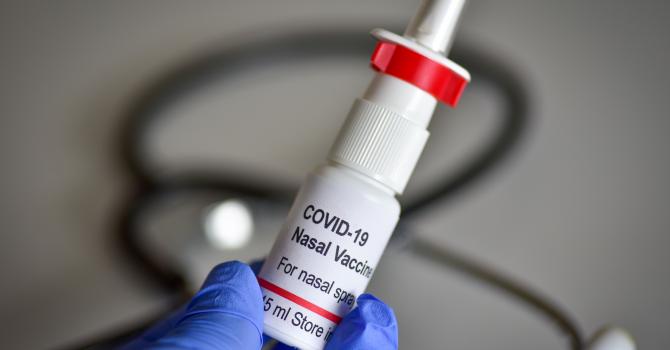Beyond Chemistry on Taste Buds
Dr. Dennis Chan, Senior Manager (Laboratory) of Department of Chemistry, explains why some food and drinks can go well together from a scientific standpoint.
By Dr. Dennis Chan, Senior Manager (Laboratory), Department of Chemistry, HKUST
What is the principle of food pairing? It is a scientific method to identify which food and drinks go well together from a flavour standpoint. Foods combine well with one another when they share key flavour components.
The taste and touch of food only make up 20% of our flavour experience, our sense of smell is more important when it comes to flavouring. Our sense of smell allows us to differentiate many different odours. As much as 80% of what we call taste is actually aroma. Therefore, aromas are important key(s) to our flavour experience and therefore crucial for the synergy of food and drinks.
Food aroma are complicated mixtures. However, people usually are unaware of the existence of certain types of aroma in a mixture. One or two strong spicy aromas are able to mask all the other minor aromas. For example, many kinds of traditional Chinese medicated balm or embrocation are made of a mixture of essential oils, including oils of wintergreen and lavender. Most people can only identify a very spicy odor (from wintergreen) but not its floral odors (from lavender). It is because the aroma of wintergreen (contains methyl salicylate – with a spicy note) mask most other odors, and most people can only notice the spicy note.
How does chemistry help analysing food materials? The food aroma profile can be analysed more objectively with the aid of chemical instruments such as HPLC and GCMS. They can conduct scientific analysis of flavor chemicals and can list out all aroma compounds in every food material.
HPLC and GCMS are common methods of separation and chemical analysis of mixtures. Chemists create various types of specialty materials that can selectively retain aroma compounds inside these materials (called an adsorption phenomenon). We can tune the property of these adsorption material by changing their chemical structure, so that one could allow the selective release of individual components from a complicated mixture of aromas. Thus, we use HPLC, GCMS and other laboratory methods to analyse food and find chemical components they have in common, and pair them up based on their aroma profile
Below are some illustrations of food pairing principle in some common recipes:
Strawberry and chocolate are good match because both strawberry and chocolate contain floral aromas (e.g. linalool, 2-phenylethanol) and fruity aroma (e.g. 2-heptanone) and therefore they match well. Strawberry and basil are also good pairing match as they both contain green and grassy aromas (e.g. E-2-hexenal, Z-3-hexenal and Z-3-hexen-1-ol) and spicy aroma (e.g. eugenol) and therefore they match.
Lobster and strawberry can also pair up. Both strawberry and lobster contain some sweet fruity aroma (e.g. γ-decalactone) and cheesy/buttery aroma (e.g. butanoic acid).
Lobster and cheese are a good pair, as both contain cheesy/buttery aroma (e.g. acetic acid, butanoic acid, 3-methylbutanoic acid, pentanoic acid and decanoic acid).
However, lobster and basil don’t match well. It’s hard to find a common aroma compound between lobster and basil.
Is there any general pattern that determine the ingredient combinations used in our culinary practice of traditional cuisines? Scientists now find a very likely scientific explanation. This may open up new inspirations for creation of unusual combination of ingredients and hence allow us to create innovative recipes/cuisines.






